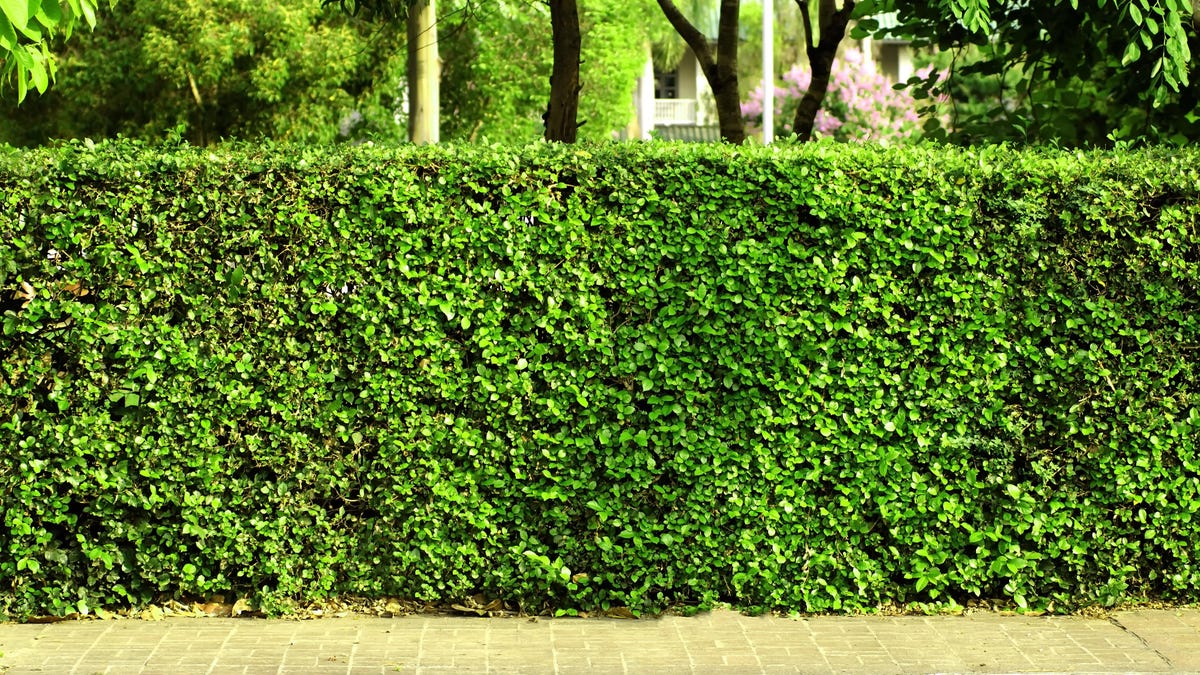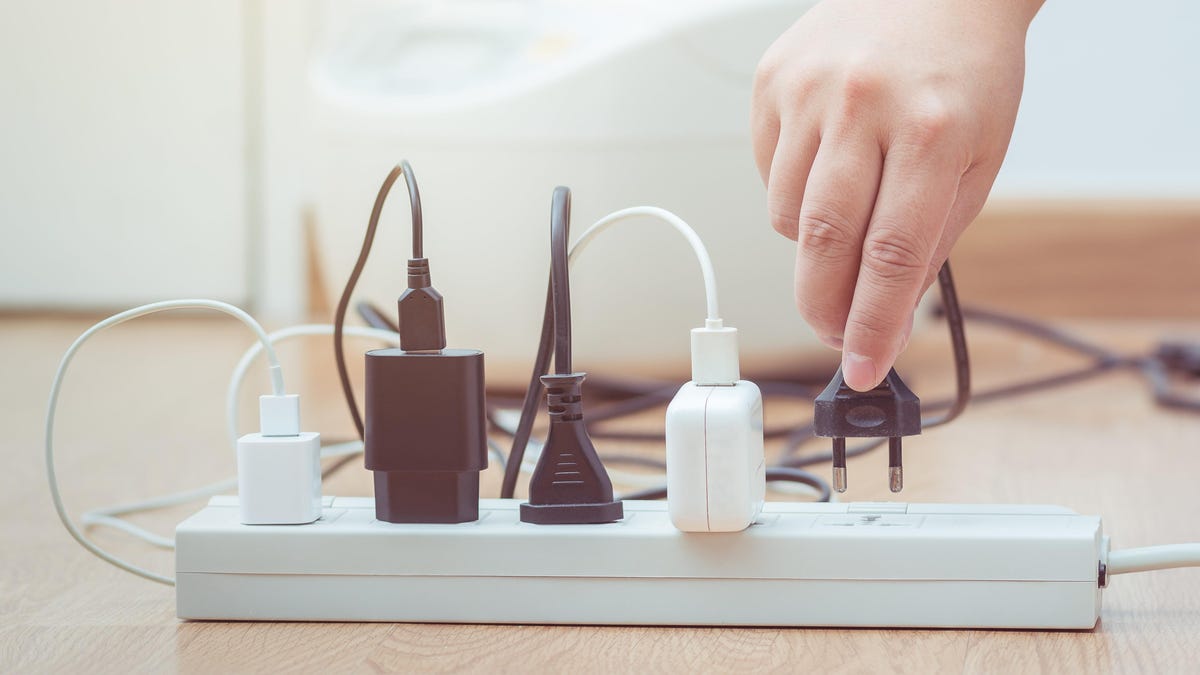These Plants Make the Best Living Fences
When we think of fences, materials like lumber, chain-link, stone, brick, and chickenwire tend to come to mind. But what about shrubs and small trees? They can be used to create what’s known as a “living fence,” which is...

When we think of fences, materials like lumber, chain-link, stone, brick, and chickenwire tend to come to mind. But what about shrubs and small trees? They can be used to create what’s known as a “living fence,” which is exactly what it sounds like.
Though in some cases, a tall, sturdy, traditional fence is the most effective option, other times, a hardy hedge may be a better fit. Here’s what to know about living fences, including the best plants for the job.
What is a living fence?
If the term “living fence” isn’t ringing a bell, you may know them as “hedgerows.” Either way, the concept involves creating a physical barrier made out of trees, plants, and shrubs, instead of chain-link, lumber, or wire.
In addition to creating visible separations between property lines or sections of your yard, living fences also provide wind protection, help with soil erosion, and attract birds and other pollinators. And while they do require some upkeep—usually pruning or trimming—so do traditional fences, which can become weathered or rusty over time.
The best plants for living fences
Once you’ve decided to create a living fence, it’s important to pick the right kinds of plants, trees, and shrubs to ensure that the barrier functions and looks the way you want it to. One thing many of the plants used for living fences—or at least the ones featured here—have in common, is that they’re permanent, and relatively low-maintenance.
Some of the best plants for living fences include:
Laurel: Hardy, evergreenBoxwood: Traditional, evergreen, densePrivet: Fast-growing, evergreen, small white flowers in late spring or summerNigra arborvitae: Evergreen, grows in a triangular shape, can grow as tall as 30 feetBamboo: Fast-growing, tall, evergreen varieties available for areas with cold wintersThuja trees: Fast-growing, evergreen, excellent wind protectionHicks yew: Evergreen, dense, spiky, produces red berries in the winterAs always, when in doubt, contact your local extension office for their recommendations on living fence plants best suited to the climate and other conditions in your area.

 ShanonG
ShanonG 
































